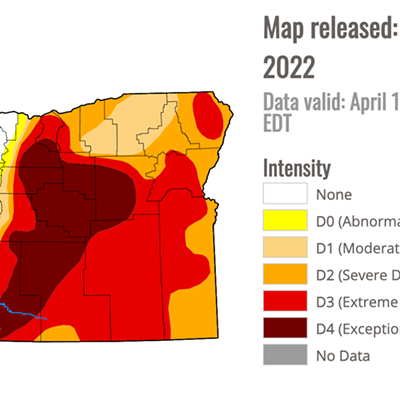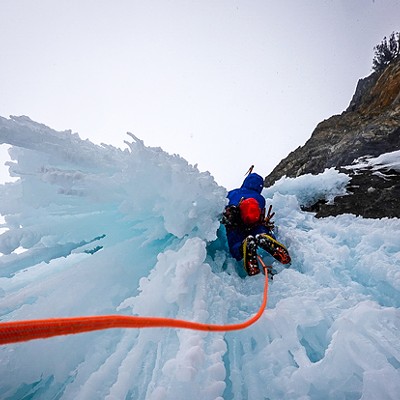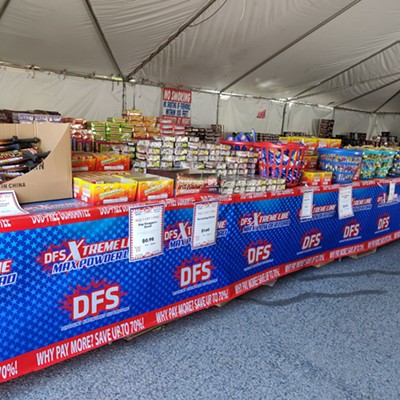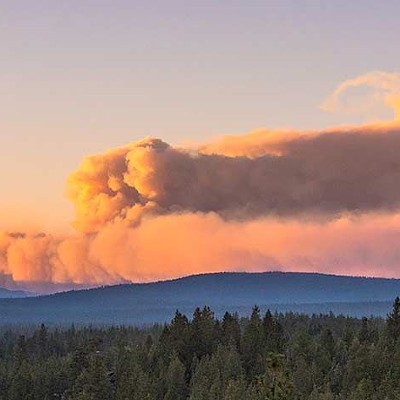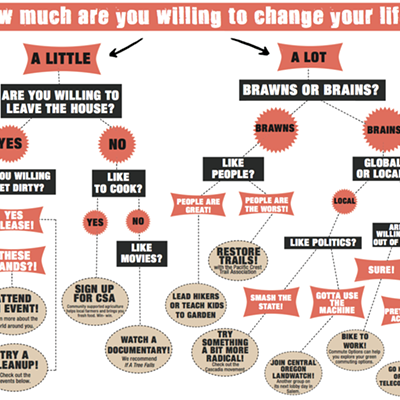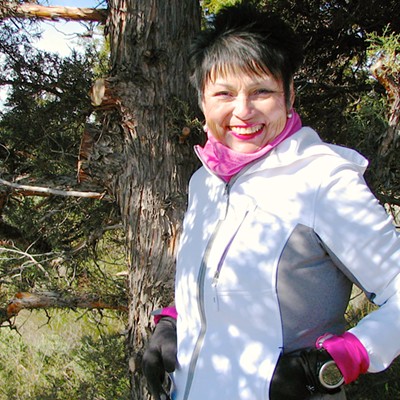One of the impacts of global warming is the prolonged droughts on the West Coast—and the corresponding shortage of water for growing food and flushing toilets. In California and Oregon, snow packs have traditionally been critical water sources when they melt in the springtime. But, reduced to less than one-tenth of normal levels, those resources are increasingly scarce, creating potential impacts on agriculture and lifestyles, with so much of what makes Bend "Bend" relying on high water consumption (green lawns, golf courses, beer production).
Yet, in spite of the pending crisis, the City of Bend is not asking for any water restrictions.
On the other hand, last week, California Gov. Jerry Brown ordered the first mandatory water restrictions in California's history. Standing on a ski hill, mostly barren from snow, he pointed out that usually the area would be covered in several feet of snow this time of year; snow pack is roughly six percent of average this year. A year ago, Gov. Brown requested 20 percent reductions in water usage, but those voluntary restrictions did little to nothing to change water consumption habits in California.
In Central Oregon, snow packs are roughly the same low percentage as those in California.
"This is a great year for all our customers to take stock of all their water uses," says Mike Buettner, the City's water conservation program manager. "Especially outdoor water use, as it is typically the largest water use for each customer, and has the most opportunity to increase efficiency."
Water use by Bend residents is about middle of the road. In 2013, it was approximately 55 gallons per capita per day (gpcd), compared to a national average of 65 gpcd for "non-conserving" households. However, households that do implement conservation measures consume far less than the average Bend household—about 45 gpcd according to the American Water Works Association.
In July, there will be a single baby step toward rewarding conservation as new water rates take hold. Currently, residential customers are charged a flat rate for any amount of water less than 400 cubic feet each month, and $1.68 for each additional 100 cubic feet—a system that does little to encourage low water usage.
In December, City Council adopted a new system, which will charge for each 100 cubic feet. City Council failed to implement a stronger incentive based system that would have created pricing tiers, by which higher volumes of water usage would be charged at higher rates.



